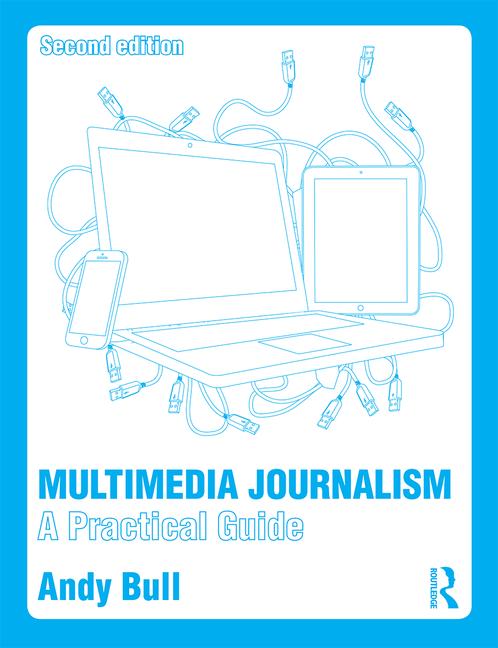My daughter Bea got
engaged a couple of days ago and, when she told us, my immediate
thought was that we should make an announcement in The Times.
I suggested this to her
and she said: "Oh, I didn't know you could do that."
But she liked the idea,
and mentioned it to a few of her friends, all of whom were either
engaged or recently married. And they all said, "Oh, I didn't
know you could do that".
So these young men and
women, who are highly savvy when it comes to new media, and how to
spread news using it, had no idea that you can buy space for a
personal announcement in a print product and its online equivalents.
I suspected that they'd
see me as a media dinosaur for feeling it was important to mark such
an important life event in print. But they didn't. Infact, they all
thought it was really cool.
So Bea hung fire on the
Facebook update until The Times announcement was published, and then
did a screen grab from The Times iPad app that became her Facebook
post. Then she bought five copies of the paper.
Of course, many more
people saw that Facebook announcement than heard of the engagement
from The Times.
But I learned that it
really mattered to these new-media natives that the first
announcement came in the paper-of-record environment of the Times.
Which surprised me, and
made me think that this, in its own small way, was a further
illustration of the phenomenon that made Facebook's founder Mark
Zuckerberg announce that he really liked reading books.
Zuckerberg had realised
- in my interpretation - that when you really want to know something,
or when you discover a book that really matters to you, it's
important to have it in physical form on your shelf.
And it also occurred to
me that old media is really missing a trick in not pitching such
print announcements as an essential - and relatively inexpensive -
part of the build-up to a modern wedding.
After all, you are unlikely to announce a profound event such as a death on Facebook (sad face) so
why would you feel it was sufficient for a truly profound happy one?




